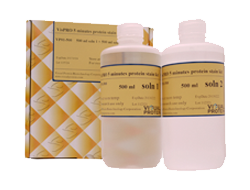Product
Dyes
VisPRO™ 5 Minutes Protein Stain Kit utilizes imidazole and zinc ions precipitate in the gel and reveal the protein position in only 5 minutes. The detection sensitivity can be reached to 1ng, competitive with silver stain and SYPRO ruby. VisPRO™ stains the gel rather than the protein sample and will not interact with the protein sample. The stained target protein can be eluted directly and apply downstream experiments, such as Western blotting, LCMSMS analysis. The staining solution is also highly stable, non-biohazard to operator and environment.
Special Characteristic :
- Speed : quick staining procedure
- Sensitivity : detect protein level to 1ng
- Compatibility : applicable with downstream procedure
Order Information :
| Cat. No. | Product Name | Description |
| VP01-125 | VisPRO™ 5 Minute Protein Stain Kit |
1 kit |
| VP01-500 | VisPRO™ 5 Minute Protein Stain Kit |
1 kit 500ml solution 1 + 500ml solution 2 |
| VP05-125 | VisPRO™ 5 Minute Protein Stain Kit |
1 kit 5X concentrate solution 125ml solution 1 + 125ml solution 2 |
| VP05-500 | VisPRO™ 5 Minute Protein Stain Kit |
1 kit 5X concentrate solution 500ml solution 1 + 500ml solution 2 |
| VP10-1L | VisPRO™ 5 Minute Protein Stain Kit |
1 kit 10X concentrate solution |
Product Detail :
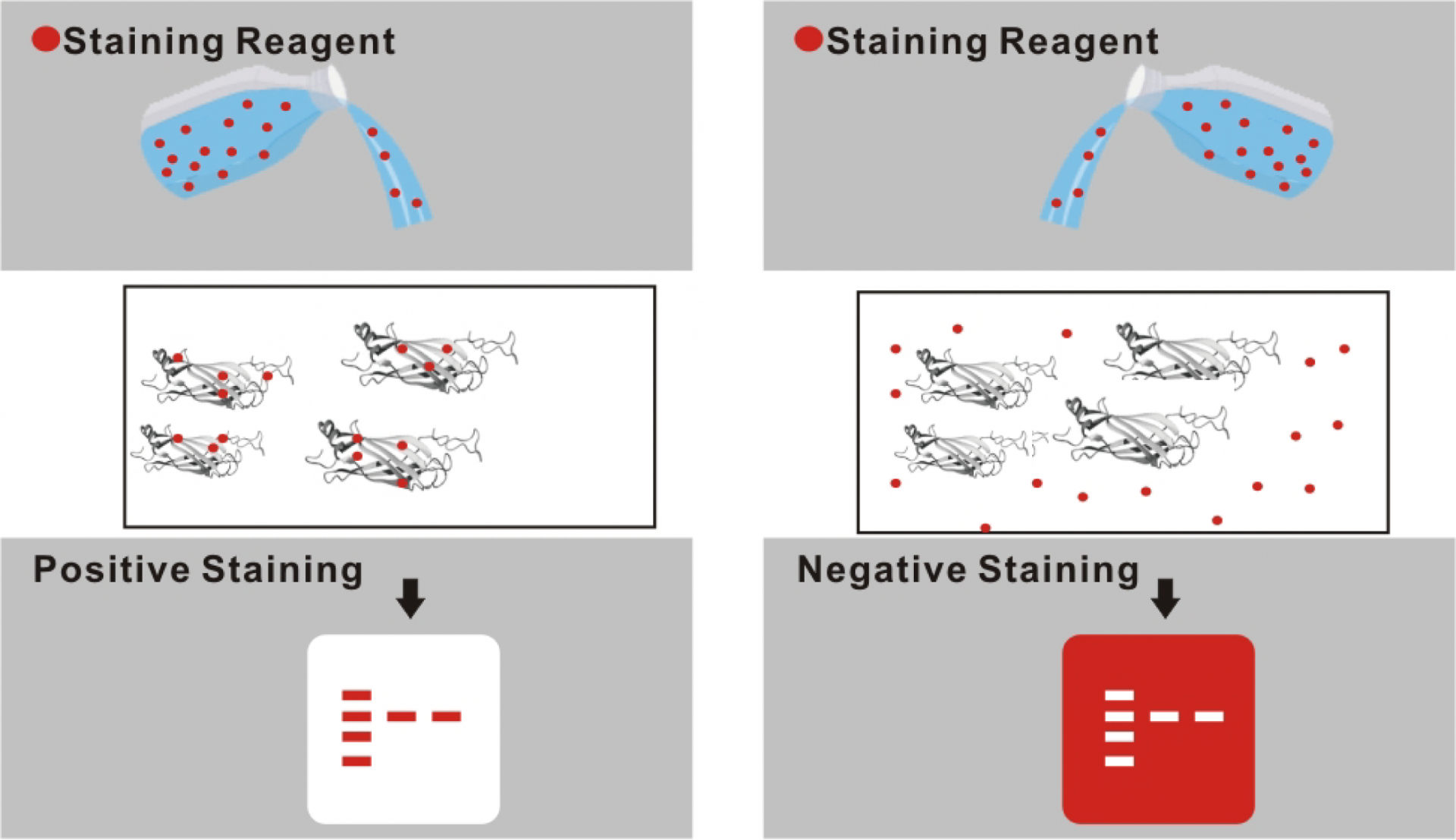
Figure 1. Positive staining vs. Reverse staining
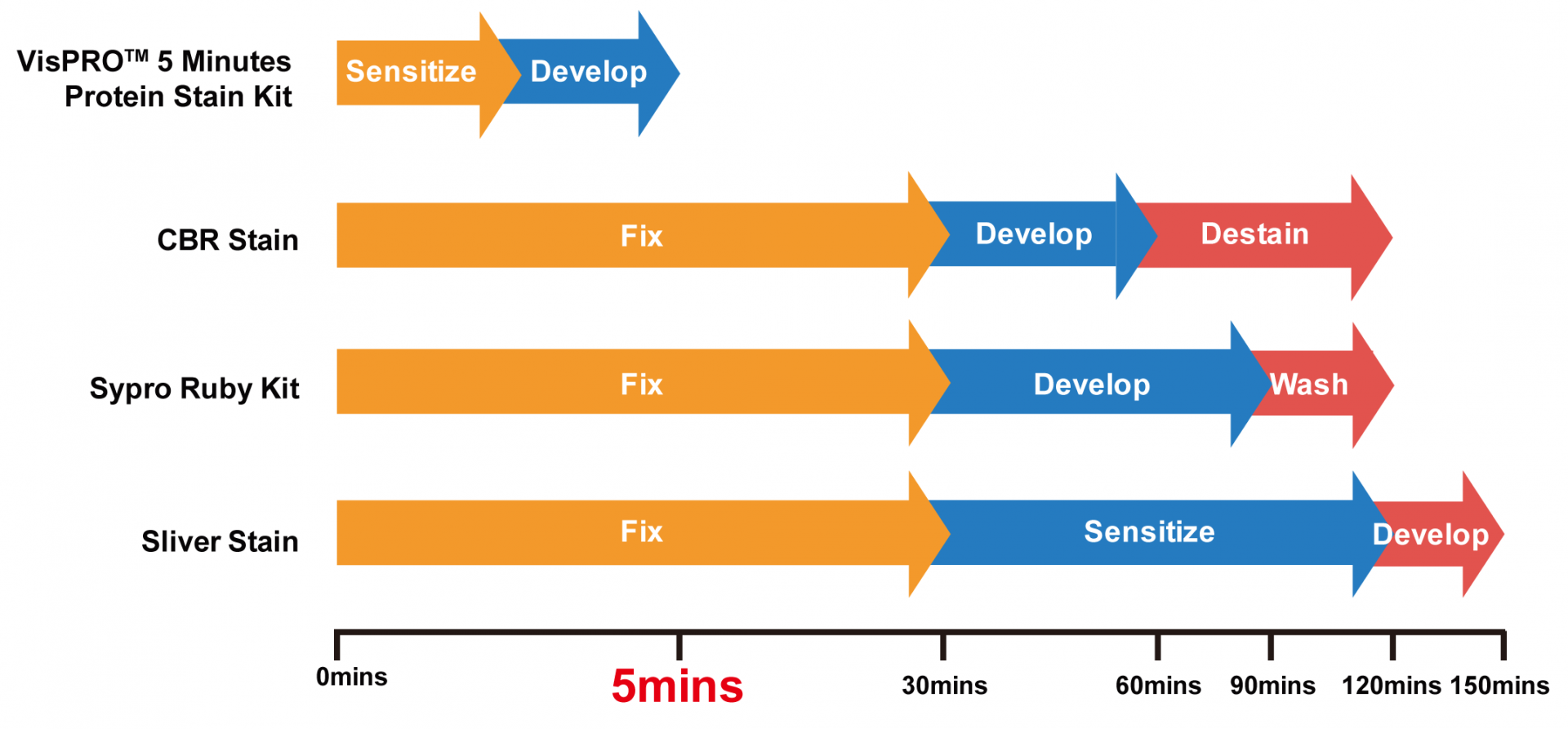
Figure 2. Comparison the staining time by using VisPRO™ 5 minutes Protein Stain Kit and other staining.
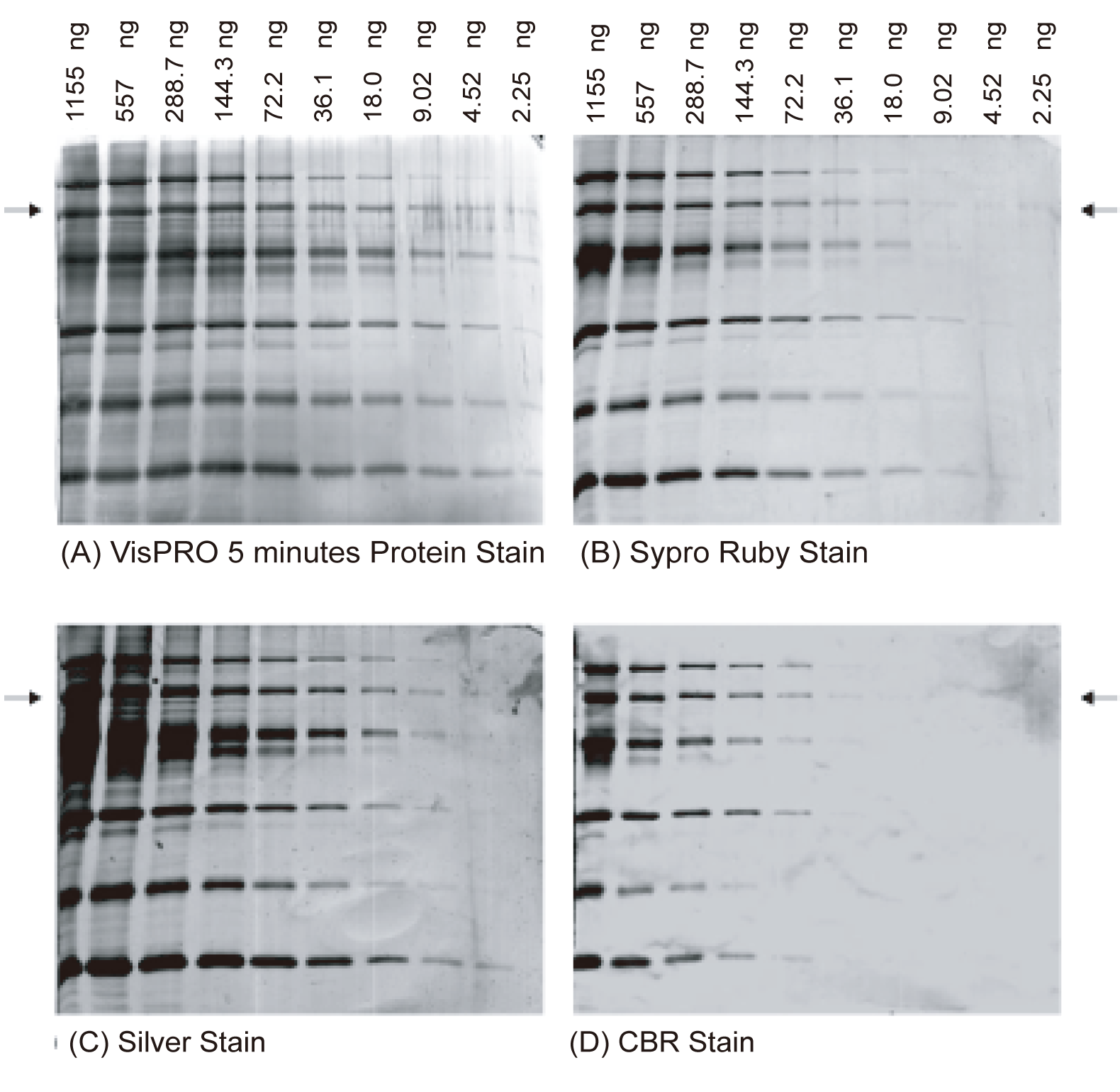
Figure 3. Comparison of staining sensitivity.
The commercial protein markers (Amersham, GE healthcare) were used for evaluation. Numbers shown above the gels indicate the actual amount of bovine serum albumin protein (indicated by arrow).
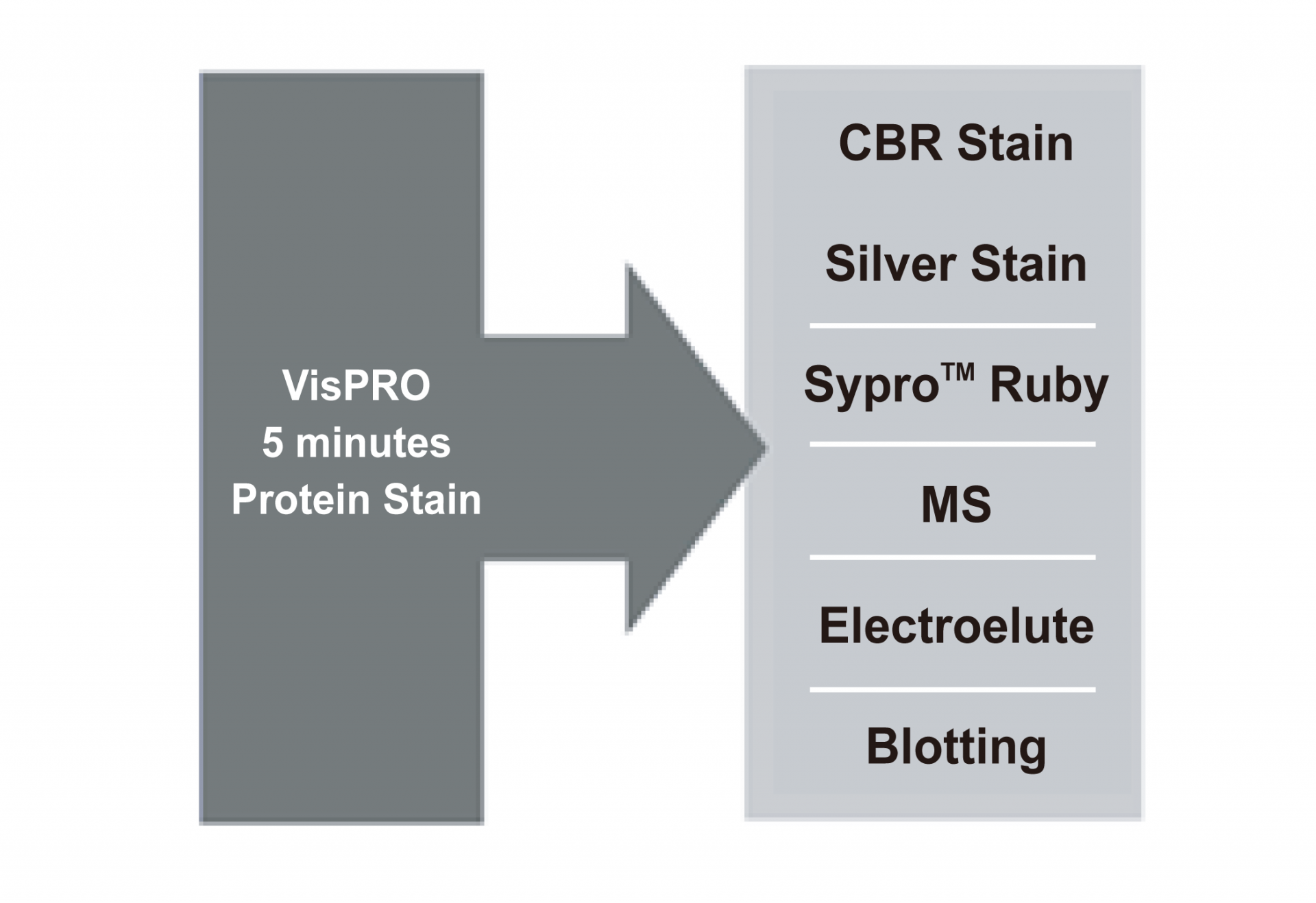
Figure 4. Compatibility of the VisPRO™ 5 minutes Protein Stain Kit with other applications.
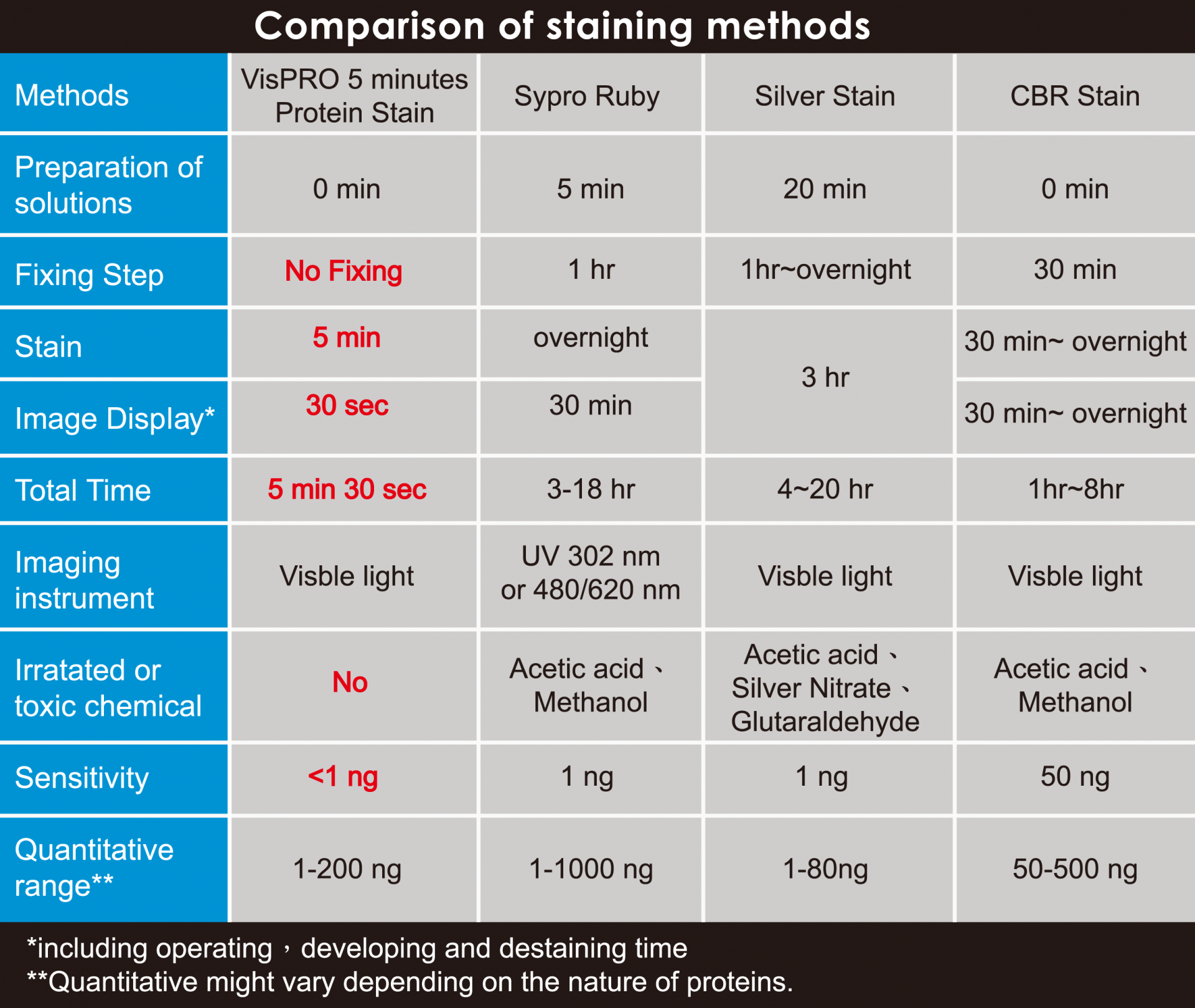
Table 1. Comparison of staining methods.
Reference:
1. Liau, Y. J., Wen, L., Shaw, J. F. & Lin, C. T. A highly stable cambialistic-superoxide dismutase from Antrodia camphorata: expression in yeast and enzyme properties. J Biotechnol 131, 84-91 (2007).
2. Chen, S. C. et al. Acute hypoxia enhances proteins' S-nitrosylation in endothelial cells. Biochem Biophys Res Commun 377, 1274-1278 (2008).
3. Kizuka, Y. et al. Laminin-1 is a novel carrier glycoprotein for the nonsulfated HNK-1 epitope in mouse kidney. Glycobiology 18, 331-338 (2008).
4. Wu, S. Y., Chin, L. T., Chen, L. M. & Chen, H. M. Direct visualization of fluorescent signals in protein gels using a backlit blue light plate. Proteomics 8, 3382-3388 (2008).
5. Huang, B., Chen, S. C. & Wang, D. L. Shear flow increases S-nitrosylation of proteins in endothelial cells. Cardiovasc Res 83, 536-546 (2009).
6. Huang, B., Liao, C. L., Lin, Y. P., Chen, S. C. & Wang, D. L. S-nitrosoproteome in endothelial cells revealed by a modified biotin switch approach coupled with Western blot-based two-dimensional gel electrophoresis. J Proteome Res 8, 4835-4843 (2009).
7. Lin, C. Y. et al. A comprehensive evaluation of imidazole-zinc reverse stain for current proteomic researches. Proteomics 9, 696-709 (2009).
8. Wu, H. C. et al. Isoelectric focusing management: an investigation for salt interference and an algorithm for optimization. J Proteome Res 9, 5542-5556 (2010).
9. Wu, H. C., Yen, C. C., Tsui, W. H. & Chen, H. M. A red line not to cross: evaluating the limitation and properness of gel image tuning procedures. Anal Biochem 396, 42-50 (2010).
10. Chen, Yun-An, et al. "Mercury-induced biochemical and proteomic changes in rice roots." Plant Physiology and Biochemistry 55 (2012): 23-32.
11. Chiu, Cheng‐Di, et al. "Investigation of the effect of hyperglycemia on intracerebral hemorrhage by proteomic approaches." Proteomics 12.1 (2012): 113-123.
12. Huang, Bin, et al. "The role of nitric oxide on rosuvastatin-mediated S-nitrosylation and translational proteomes in human umbilical vein endothelial cells." Proteome science 10.1 (2012): 43.
13. Chen, Lei‐Chin, et al. "Molecular mechanisms of 3, 3′‐dichlorobenzidine‐mediated toxicity in HepG2 cells." Environmental and molecular mutagenesis (2014).
14. Huang, Bin, et al. "Arsenic Modulates Posttranslational S-Nitrosylation and Translational Proteome in Keratinocytes." The Scientific World Journal (2014).
15. Lin, Ming Chung, et al. "Rosuvastatin Modulates the Post-Translational Acetylome in Endothelial Cells." Acta Cardiologica Sinica 30.1 (2014): 67-73.
16. Yih-Huei Uen, et al. "Analysis of differentially expressed novel post-translational modifications of plasma apolipoprotein E in Taiwanese females with breast cancer. " Journal of Proteomics (2015) 126, 3: 252-262.
17. Yifan Hu, et al. “Cellular splicing factor UAP56 stimulates trimeric NP formation for assembly of functional influenza viral ribonucleoprotein complexes” Scientific Report (2017) 7: 14053.
18. Chen H-M, et al. “The application of post-translational modification oriented serum proteomics to assess experimental diabetes with complications.” PLoS ONE (2018) 13, 11: e0206509.
19. Cheng-Ju Kuo, et al. “A multi-omic analysis reveals the role of fumarate in regulating the virulence of enterohemorrhagic Escherichia coli” Cell Death & Disease (2018) 9: 381
20. Chiao-Yin Sun, et al. “A novel SNP in the 5’ regulatory region of organic anion transporter 1 is associated with chronic kidney disease.” Scientific Reports (2018) 8: 8085
21. Heng-Dao Lin, et al. “Proteomic analysis of ametryn toxicity in zebrafish embryos.” Environmental Toxicology (2018) 33, 5
22. Shao-hsuan Wen, et al. “Sulbactam-enhanced cytotoxicity of doxorubicin in breast cancer cells” Cancer Cell International (2018) 18:128
23. Liao, Chao-Tsai, Ying-Chuan Chiang, and Yi-Min Hsiao. "Functional characterization and proteomic analysis of lolA in Xanthomonas campestri s pv. campestris." BMC microbiology 19.1 (2019): 1-18.
24. Lo, Hsueh-Hsia, et al. "The clpX gene plays an important role in bacterial attachment, stress tolerance, and virulence in Xanthomonas campestri s pv. campestris." Archives of Microbiology 202.3 (2020): 597-607.
25. Ko, Yuan-Tih, et al. "White muscle proteome analysis showing insights into the protein expression in orange-spotted grouper (Epinephelus coioides) muscle." Food Bioscience (2020): 100655.
26. Lin, Tung-Yi, et al. "Functional proteomic analysis reveals that fungal immunomodulatory protein reduced expressions of heat shock proteins correlates to apoptosis in lung cancer cells." Phytomedicine 80 (2021): 153384.
27. Huang, Yu-Jen, et al. "Umbilical cord blood plasma-derived exosomes as a novel therapy to reverse liver fibrosis." Stem Cell Research & Therapy 12.1 (2021): 1-13.
28. Lin, Chia-Hung, et al. "Comparative O-GlcNAc Proteomic Analysis Reveals a Role of O-GlcNAcylated SAM68 in Lung Cancer Aggressiveness." Cancers 14.1 (2022): 243.
29. Lin, Yong-Hong, Chung-Li Wang, and Juei-Yu Chiu. "Proteomic studies in the symbiotic associations between arbuscular mycorrhizal fungi Funneliformis mosseae with melon (Cucumis melo L.) under salt conditions." Acta Scientiarum Polonorum Hortorum Cultus 20.4 (2021): 17-28.
